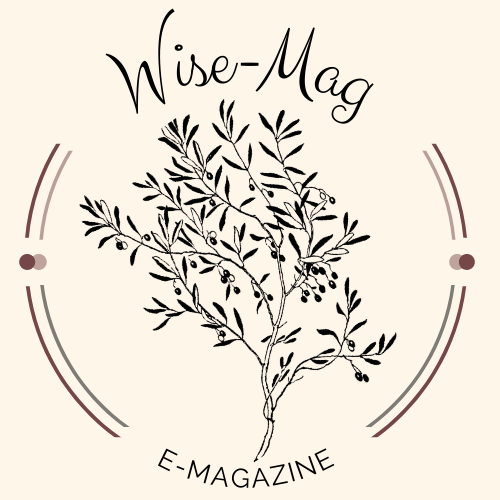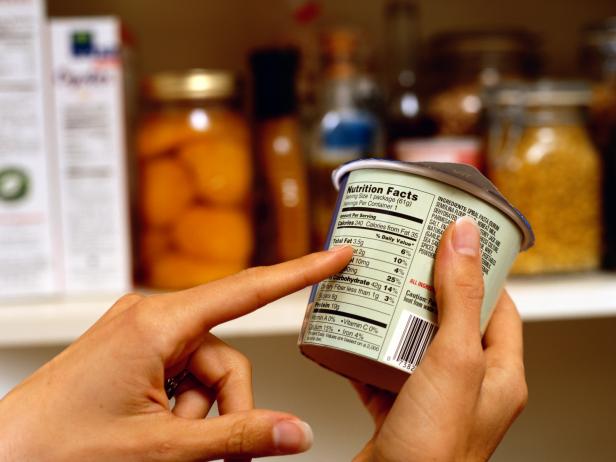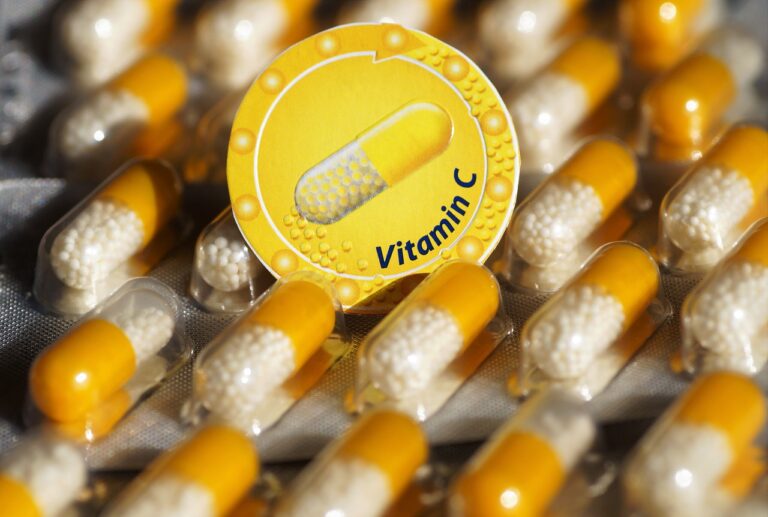How to Read Nutrition Labels?

Nutrition labels are always found at the back of food packaging. Many times, we do not pay much attention to it even though it can help us make healthier eating choices. On this week’s posting, we share with you some tips on how to better read and understand the information on these labels.

1 – Start with serving size
This tells the size of a single serving and the total number of servings per container. The single serving size reflects the amount an individual should typically eat or drink in a setting. For examples, a bag of 100g chips may have 4 servings per container but the single serving size will only be 25g.
2 – Check total calories per serving and container
Notice how many calories are contained in one serving. Compare this to the number of servings an individual eats. If they eat two servings, they double the calorie and nutrient consumption.
For example, a whole bag of chips may contain 400 kcal but one serving may contain 100kcal. If someone is hungry and eats 2 individual servings, it would be 200kcal.
3 – Limit certain nutrients
Check key nutrients and limit consumption where needed:
• Limit the consumption of added sugars, saturated fat, trans fat and sodium.
• Compare labels on different brands of similar products and choose foods with less of sugar, fat and sodium when possible.
4 – Get enough of the beneficial nutrients
Look for packaging with healthier nutrients such as calcium, dietary fibre, iron, potassium and vitamin D.
5 – Understand % Daily Value
The % Daily Value (DV) shows the percentage of each nutrient in a single serving, in terms of the daily recommended amount. For nutrients that are not too healthy such as saturated fats or sodium, choose those with a lower % DV (5% or less). For healthy nutrients such as fibre, choose foods with a higher % DV (20% or more).
Reference: U.S. Food & Drug Administration. How to Understand and Use the Nutrition Facts Label.







